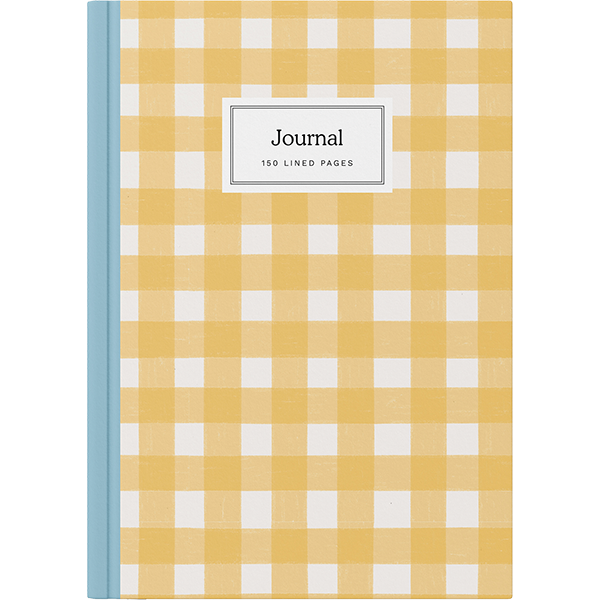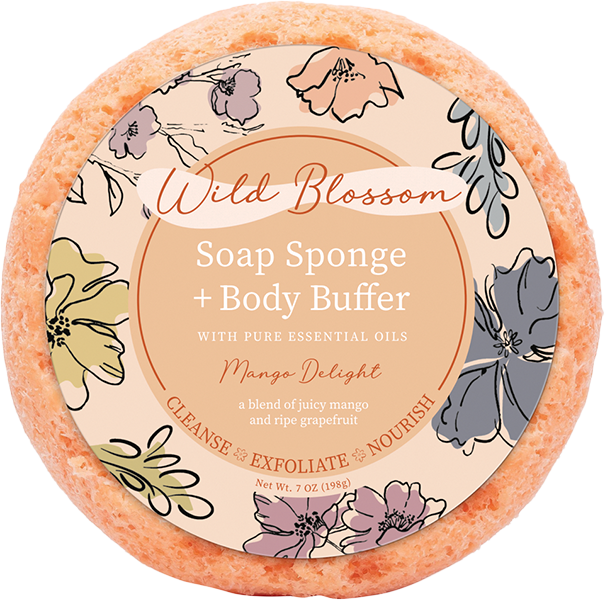
Casual Chic
The country is in flux right now, transitioning from a pandemic state of life to a gradual recovery. Some consumers are tiptoeing back into life while others are driving full speed ahead. Now that consumers finally have places to go and people to see, the apparel industry is beginning to rebound.
Some trends in women’s apparel are holdovers from last year, but with hope and rebirth on the horizon, new trends are cropping up as well.

THE FOUR CS: COZY, COMFORTABLE, CHIC AND CASUAL
Loungewear and cozy apparel dominated the industry in 2020 and for good reason: the home was the new office, and consumers dressed accordingly.
“It was a growing trend, then COVID really skyrocketed the trend in comfortable clothes. The feel of the fabric has to be super soft, super comfortable,” said Tamara Moran, owner of Coral Crab, a new rep group focused primarily on women-owned businesses; her lines are geared toward the coastal resort community.
Though the world is steadily opening up, comfy and cozy leisure-wear and sleepwear still dominate, particularly styles that can be worn out of the house.
“We saw a huge influx of demand when the country first started to shut down, and so many people started to work from home. Our demand is still higher than it was prior to the pandemic, even though a lot of people are starting to go back into the office,” said Wade Olsen, director of marketing at LazyOnes, a pajama manufacturer based in Utah.
Delia Fowler, owner of Loli & The Bean in Tallahassee, Florida, agrees that cozy, casual clothing is still going to sell, if not stepped up a notch. “Our whole dynamic of work has changed and what is acceptable to wear to work in general. We’ve gotten to a point where there is no return — as our whole lives have shifted, so has our clothing,” she said.
To this end, Fowler still sells casual top and bottom sets that aren’t necessarily pajamas but are still acceptable enough to wear out of the house and still would be classified as comfy-casual. “Above that step you still have very soft, comfortable cotton shirts, and tiered maxi dresses with a full cut that are not constricting. Everything seems to be based on comfort. I am running half and half with people staying home or people going out — that is what they are bringing to the counter,” added Fowler.
Ellen Fruchtman, director of public relations for Mud Pie, a lifestyle brand and manufacturer of gifts and apparel, agreed that consumers are looking for elevated comfort: chic, yet relaxed silhouettes in forgiving fabrics and styles. “These looks are the perfect bridge between work from home and back-to-the-office, back-to-school and back-to-life,” she said.

Amy Huchtons-Harper, vice president of retail development, Dallas Market Center, agreed, pointing out that there are two paths: the comfort and leisure path on one side and the dressier social side on the other. “Athleisure remains strong but social re-entry is driving sales as is the seasonal shift to warmer weather. We think consumers are ready to get dressed again and are feeling hopeful again.”
Anjarae Hamilton, head of apparel at Faire, an online wholesale marketplace for retailers and brands, said, “While loungewear and athleisure will continue to be an important and popular category, dress and luxury wear will likely continue to see upward trajectory this summer as consumers return to the office and social events.”
COLORS, PATTERNS AND MATERIALS
In addition to the comfort zone, other women’s boutique apparel trends include the still popular tie dye, a carryover from last year, and prints, such as leopard and camo.

Today’s patterns are not subtle — they are bold and big, beautiful and vibrant, said Fowler, such as Montserrat leaves. “These patterns are big and add a level of sophistication,” she said.
Huchtons-Harper agreed, adding that patterns like florals and bright, sunny colors reflect a hope-fueled world. However, neutrals are in as well, perhaps providing a tempered balance to the bold colors.

“I’m still seeing tie dye, but it seems to be a more refined tie dye; it’s more carefully applied, like just at the bottom of a black dress,” said Fowler. She is also seeing some pieces in traditional camo colors but others in more muted colors, like pale gray.
Reflecting today’s cozy-chic styles, Fruchtman said that chenille is one of this season’s most trendy materials.
Sustainable shopping practices are also important to consumers and brands, said Hamilton. Moran confirmed, stating that clothing or footwear with upcycled materials is trending.
Moran added that “Made in the USA” is also of great interest to consumers, as is sun-protective clothing. Retro styles from the 70s and 80s are coming around again, including old band T-shirts and retro graphics.
Perhaps reflecting optimism of the “new world,” statement jewelry is picking back up, including earrings as well as layered gold jewelry. “Footwear is also extremely important, especially comfort sandals that have decorative elements,” said Huchtons-Harper.
Trending accessories, said Moran, include neoprene materials for handbags as well as guitar straps on cross-body bags; Hamilton added that scrunchies and scarves top the list of popular accessories.
MEETING CONSUMER DEMAND
For her Florida customers, Fowler stocks many dresses, perfect for the tropical temperatures. Consumers wear them with casual sneakers or dress them up a bit with sandals.
“For us we have focused on comfortable clothes and matching sets. Now we are focusing on dresses. For a while, we were selling pjs like crazy that can transition to the grocery store where you feel like you don’t need to change. As we venture out of that, we are focusing on casual dresses,” she said.
To keep the majority of consumers happy, versatility is key. “Customers are looking for closet staples that can be dressed up and dressed down. We say, if you can wear it three different ways, then it’s a must- have,” said Fruchtman. She added that consumers look to independent boutiques for service, styling advice and unique pieces, and to that end, cross-merchandising between women, kids, apparel and gifts can provide inspiration.
Moran said that apparel lines that are sourced in the U.S. that can be reordered easily is a good solution for the inventory issues many retailers have been experiencing since the onset of the pandemic.

SIZING TRENDS
One-size-fits-all is especially popular, as well as stretchy cotton knits that are forgiving.
“All of our styles have pretty steady demand for the standard sizes,” said Olsen. “That said, we were originally hesitant to expand into 2XL and 3XL sizes, but we’ve found that the demand for these have been increasing. Maybe COVID-19 is contributing to that demand, but I think it is going to continue to increase.”
Hamilton said that while pre-packs have long been an industry standard for selling apparel in pre-specified packs of sizes, “…this often creates limitations for retailers that require a more custom buying approach. We recently launched open packs, which provides retailers the flexibility to choose various sizes of a style in a set quantity pack,” she said, adding that there also has been a demand for plus-sized apparel and customized sizing.
MEN’S CLOTHING
Olsen said that depending on the sales channel, men’s clothing can be as in demand as women’s clothing.
“We have sales channels that have big demographic swings, but we find on some of them, women’s items do considerably better, and others, we’ve found that men’s styles do best. Each store owner should have a pretty good idea of what sells well in their store, but I would recommend a little bit of experimentation. We’ve been surprised by some of the items that suddenly fly off the shelf,” he said.
Huchtons-Harper also believed that men’s clothing is in high demand and are on two tracks: casual athletic and dressy/tailored casual, adding that men are more brand-focused and traditional.
ANTICIPATING A GOOD YEAR
It has been a pleasant surprise for some manufacturers and retailers that the demand for fashion is on an upward trend.

As the nation begins the recovery process, retailers seem to be bouncing back. Though many people still enjoy the online shopping convenience, consumers are anxious to venture back to the greatly missed in-person shopping experience. Most retailers are allowing customers to try on clothing in-store, even if some are closing off every other fitting room to maintain social distancing.
“Customers seem to have more money for clothing, they probably didn’t buy anything for the last year. We’re selling higher end pieces. People are spending more money on a single piece so the price point has gone up a bit,” said Moran.























